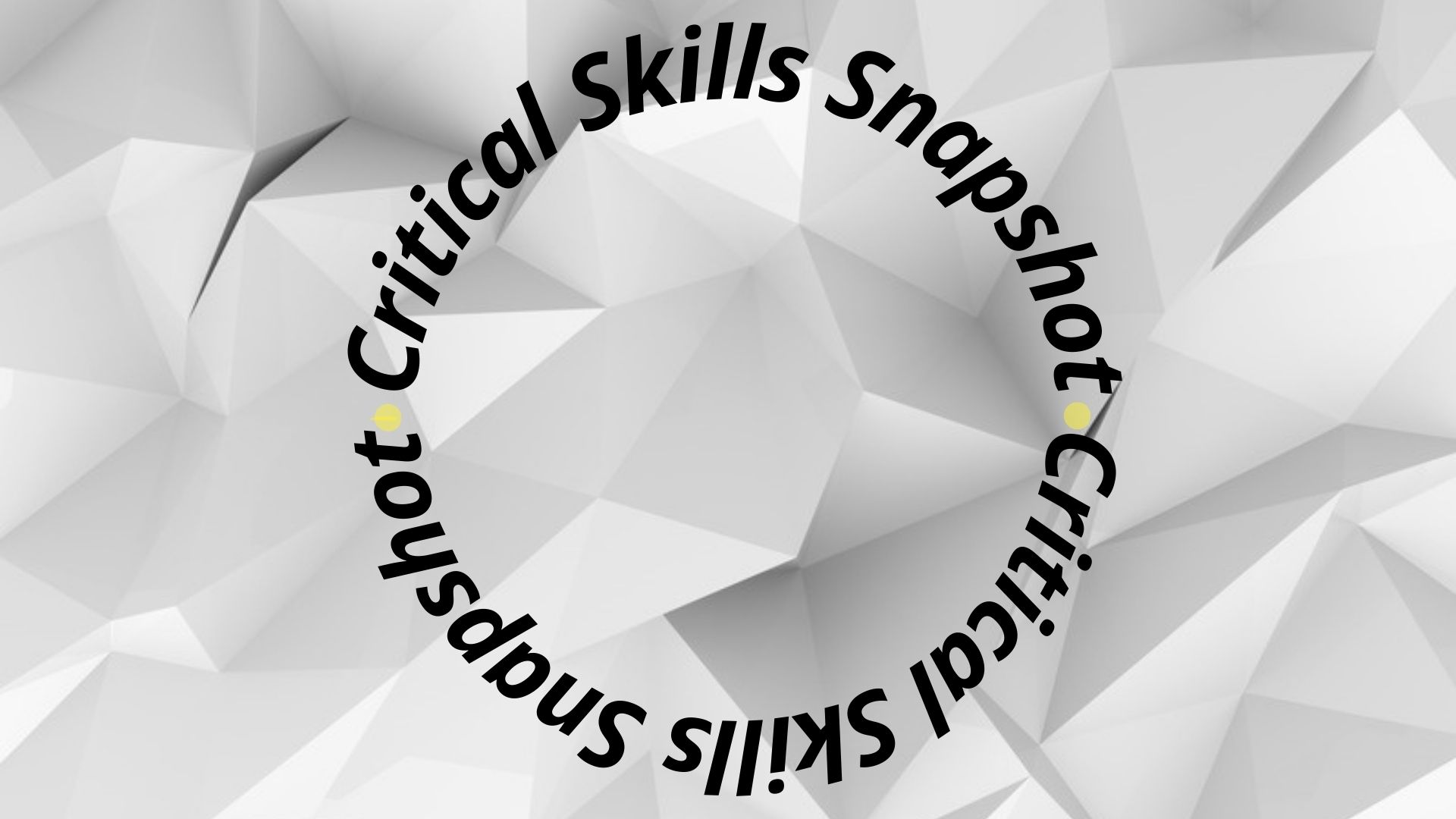Measuring Critical Thinking Skills through Performance Assessment: The Profile of EFL Students’ Critical Thinking Skills
DOI:
https://doi.org/10.21070/jees.v9i1.1791Keywords:
Critical thinking skills, EFL students, writing, students’performanceAbstract
This study tries to find the profiles of EFL students' critical thinking skills in writing problem-solution expository essays within wetland themes. It employs a descriptive design with quantitative approach by utilizing a validated writing test. The subjects of the study were 40students of the English Language Education Study Program of the University of Lambung Mangkurat, Indonesia, who were enrolled in the Academic Writing courses. The essay produced by each student was measured based on the depth of cause-and-effect analysis, the logic of the argument given, the viability of the solution, and the validity of evidence used to support the argument. The findings reveal that the subjects’ critical thinking skill is categorized as medium since the mean score on the test of critical thinking is 11.38. Particularly, they have a high level of critical thinking in the aspects of analyzing the issue (3.03) and providing viable solutions (3.18). It indicates that they are able to distinguish the cause of a problem and the consequences as well and consider the causes and consequences when they propose a solution. However, their skill in providing argument is medium (2.85) whereas their skill in providing the evidence is low (2.33). These findings suggest that the subjects need to be trained in providing arguments and sufficient evidence through leading questions, discussion, and reading relevant sources. It implies that the study program needs to develop a teaching model that facilitates the students to practice their critical thinking skills.
HIGHLIGHTS :
- The indicators of critical thinking measured in the writing performance
test consist of: (1) the depth of cause-and-effect analysis, (2) the logic
of the argument given, (3) the accuracy of the solution offered, and (4)
the validity of evidence used as support for the argument - One of the possible challenges in developing EFL students’ critical
thinking skills is their English proficiency. Those who are less proficient
may struggle more in expressing ideas while providing arguments
compared to those who are more proficient. This eventually affects
their skills in reasoning. - The findings of the study imply the need to provide EFL students with
guidance such as questioning strategy, discussion, and relevant sources
of information to practice their critical thinking skills while developing
their English language skills.
Downloads
References
Braun, H. I., Shavelson, R. J., Zlatkin-Troitschanskaia, O., & Borowiec, K. (2020). Performance Assessment of Critical Thinking: Conceptualization, Design, and Implementation. Frontiers in Education, 5, 156. https://doi.org/10.3389/feduc.2020.00156
Changwong, K., Sukkamart, A., & Sisan, B. (2010). Critical Thinking Skill Development: Analysis of A New Learning Management Model for Thai High Schools. Journal of International Studies, 11(2), 37–48. https://doi.org/10.14254/2071-8330.2018/11-2/3
Facione, P. A. (2015). Critical Thinking: What It Is and Why It Counts. Measured Reasons LLC.
Golpour, F. (n.d.). Critical Thinking and EFL Learners’ Performance on Different Writing Modes.
Jumariati, J., Amelia, R., Elyani, E. P., & Mahendra, T. (2021). Problem-Based Learning: Its Effects on Students’ Ability in Writing Expository Essays. Linguistic Forum, 3(2), 22–27. https://doi.org/10.53057/linfo/2021.3.1.5
Lai, E. R., & Viering, M. (2012). Assessing 21st Century Skills: Integrating Research Findings. National Council on Measurement in Education.
Lin, Y. (2018). Infusing Critical Thinking into EFL Classes. In Developing Critical Thinking in EFL Classes (pp. 113–135). Springer.
Liu, O. L., Frankel, L., & Roohr, K. C. (2014). Assessing Critical Thinking in Higher Education: Current State and Directions for Next-Generation Assessment: Assessing Critical Thinking in Higher Education. ETS Research Report Series, 2014(1), 1–23. https://doi.org/10.1002/ets2.12009
Lun, V. M.-C., Fischer, R., & Ward, C. (2010). Exploring cultural differences in critical thinking: Is it about my thinking style or the language I speak? Learning and Individual Differences, 20(6), 604–616. https://doi.org/10.1016/j.lindif.2010.07.001
Manalo, E., & Sheppard, C. (2016). How might language affect critical thinking performance? Thinking Skills and Creativity, 21, 41–49. https://doi.org/10.1016/j.tsc.2016.05.005
Oser, F. K., & Biedermann, H. (2019). 2019. A Three-Level Model for Critical Thinking: Critical Alertness, Critical Reflection, and Critical An. Springer.
Paul, R., & Elder, L. (2002). Critical Thinking: Tools for Taking Your Professional and Personal Life.
Pei, Z., Zheng, C., Zhang, M., & Liu, F. (2017). Critical Thinking and Argumentative Writing: Inspecting the Association among EFL Learners in China. English Language Teaching, 10(10), 31. https://doi.org/10.5539/elt.v10n10p31
Raslan, G. (2023). Critical Thinking Skills Profile of High School Students in AP Chemistry Learning. In BUiD Doctoral Research Conference 2022. Springer Nature Switzerland.
Saleh, S. E. (2019). CRITICAL THINKING AS A 21st CENTURY SKILL: CONCEPTIONS, IMPLEMENTATION AND CHALLENGES IN THE EFL CLASSROOM. https://doi.org/10.5281/ZENODO.2542838
Snyder, L. G., & Snyder, M. J. (2008). Teaching Critical Thinking and Problem-Solving Skills. The Delta Pi Epsilon Journal, 1(2), 90–99.
Szabo, Z., & Schwartz, J. (2011). Learning methods for teacher education: The use of online discussions to improve critical thinking. Technology, Pedagogy and Education, 20(1), 79–94.
Turan, U., Fidan, Y., & Yıldıran, C. (2019). Critical Thinking as a Qualified Decision Making Tool. Journal of History Culture and Art Research, 8(4), 1. https://doi.org/10.7596/taksad.v8i4.2316
Wang, S., & Seepho, S. (2017). Facilitating Chinese EFL Learners’ Critical Thinking Skills: The Contributions of Teaching Strategies. SAGE Open, 7(3), 215824401773402. https://doi.org/10.1177/2158244017734024
Zhao, C., Pandian, A., & Mehar Singh, M. K. (2016). Instructional Strategies for Developing Critical Thinking in EFL Classrooms. English Language Teaching, 9(10), 14. https://doi.org/10.5539/elt.v9n10p14

Published
How to Cite
Issue
Section
License
Copyright (c) 2024 Jumariati Jumariati, Inayati Fitriyah Asrimawati, Jauza Naja Mulya, Deo Deo Laki Taka

This work is licensed under a Creative Commons Attribution 4.0 International License.







